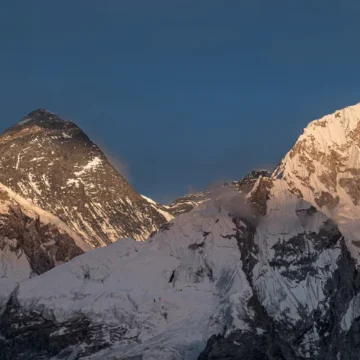
5 Reasons why Descent Drains You More Than the Ascent
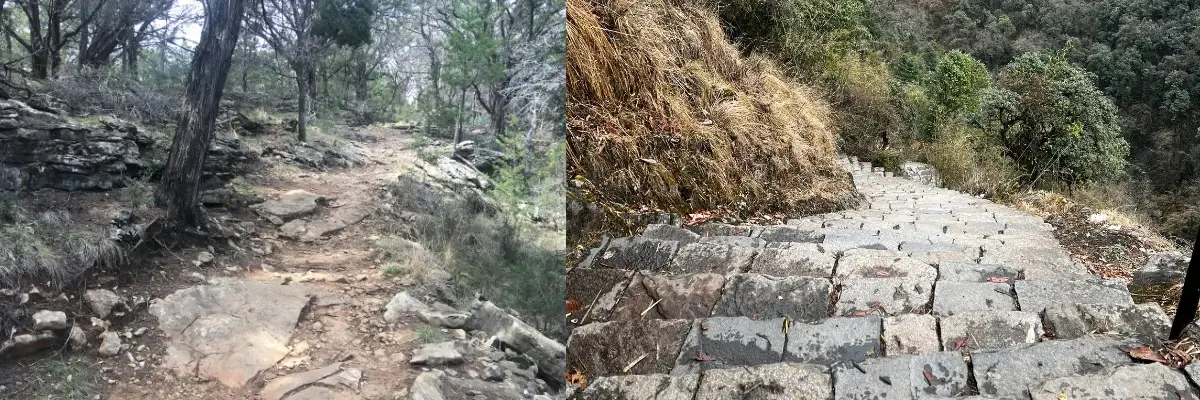
Table of Contents
Have you ever been on a long day of peak descending and ascending? Peak ascending might be exhausting and tiring, but peak descending is always problematic. You face problems like knee pain, blisters on the feet and sometimes accidents.
When trekking at high altitude passes like Everest Base Camp Trek, you walk through uneven terrains going uphill and downhill. Trekking can be thrilling when done with the proper injury prevention measures.
In cases like Mountain peak climbing or climbing uphill during your trek, you feel more exhausted instead of pain. But the downhill journey comes with problems like knee pain and blisters.
At first, it feels like the climb is the real enemy. Every step up a steep slope or endless stairway burns your legs, steals your breath, and makes you wonder why you ever started. But the real battle? It begins when you start peak descending.
You think it’s going to be easy, but gravity is on your side, right? But with every step-down, your knees shudder, your ankles scream, and your energy drain like water slipping through your hands. Why does it feel like your body is crumbling more on the way down than it ever did on the way up? Why does every muscle feel tighter, heavier, and weaker?
Peak descending isn’t just a journey back. It’s a true test of control, balance, and hidden strength. It’s the quiet, unexpected war your body wasn’t ready for. In this article, we will discuss the five major reasons why you have a hard time while peak descending.
More Pressure on Knees and Joints
Descending feels like a blessing at first until you realize the way down is a trap for your knees. When you walk downhill, your legs aren’t moving on a flat line anymore. They bend at sharper angles.
The slope pushes your body weight forward, loading your knees, ankles, and hips with way more pressure than usual. Instead of your muscles doing most of the work, your joints and connective tissues have to catch the fall, step after step.
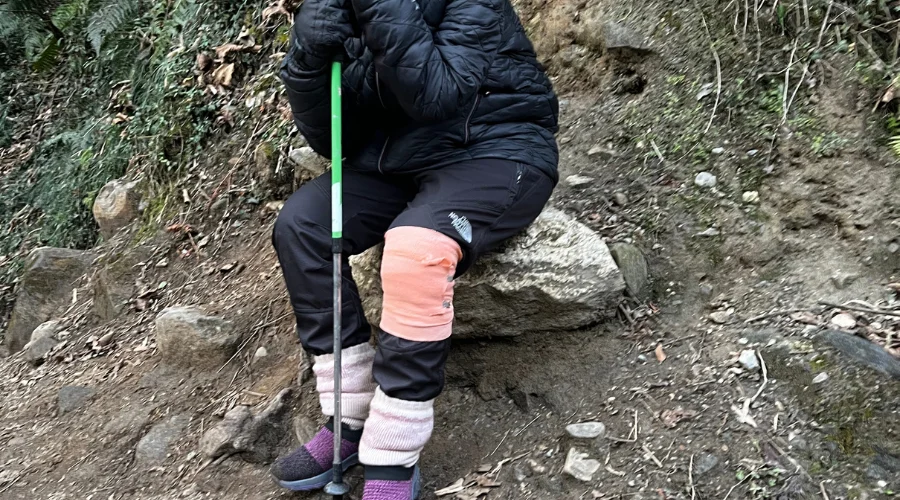
Over time, it’s like tiny earthquakes shaking your knees, making every landing feel heavier, harder and rougher. That’s why downhill hikes often leave you sore, tight, and sometimes even limping back home, even if you walked uphill like a champ. It’s not just gravity; it’s the steepness, the awkward angles, and the nonstop braking motion that wears you down.
How to Reduce pressure:
- Keep your strides small and controlled instead of rushing. It spreads the pressure more evenly across muscles and joints.
- Use trekking poles, they help share the load between your arms and legs, easing the brutal force on your knees.
- Let your bigger, stronger muscles help manage the downhill force rather than dumping everything onto your knees.
- Build up your quads, hamstrings, and hips with exercises like lunges and step-downs to create better knee support.
- Walk in gentle zigzags down steep sections instead of straight dives; it softens the angle and saves your joints big time.
Less Control and Balance
When you’re fresh, every step feels easy. But when fatigue creeps in during peak descending, balance becomes hard to maintain. Your legs start to wobble. Your ankles feel loose. Your mind knows where you want to go, but your body doesn’t always listen.
One wrong step, and boom, you’re slipping, sliding, stumbling, praying you catch yourself before the ground does.
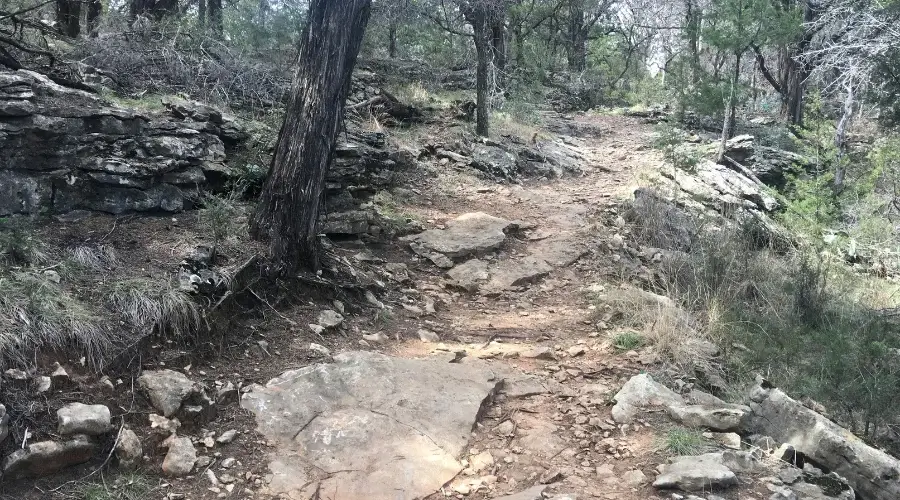
How to Stay Balanced:
- Train your ankles, hips, and core before hitting the trail.
- Bend your knees slightly. Stay low and loose, not stiff and upright.
- Don’t just stare at your feet; look ahead and plan your next steps.
- Use trekking poles, they’re your extra legs when your real ones get lazy.
- Practice downhill walking, do not just hike up, but also practice controlled descents when you train.
Muscle Fatigue Hits Harder on the Way Down
Here’s the secret nobody tells you: going downhill shreds your muscles faster than climbing. Each step is like a mini brake, and your quads, calves, and hamstrings are the brakes. After hours of this, your legs start shaking, cramping, and even locking up if you’re not careful.
Descending requires more irregularity than climbing because its progress is uneven. Your muscles must operate excessively because sharp drops, loose stones and uneven slopes cause you to lose balance in your descent. Both steps don’t feel exactly the same.
And the scariest part? When downhill muscle fatigue develops, it becomes exceptionally challenging to eliminate its effects. The condition builds up more with each stride so that minor mistakes become far more dangerous, and healing becomes extremely slow.
Tips to Reduce Muscle Pain:
- Take breaks often, and don’t sprint down.
- Electrolytes and carbs keep muscles firing properly.
- Focus on your calves, hamstrings, and quads.
- Strength train regularly. Build endurance in your legs before you hike.
- Supportive shoes protect tired muscles from getting worse.
You’re Mentally More Exhausted
Mental exhaustion hits differently on the descent. You think the hardest part’s over, but your brain still needs to stay sharp for every loose rock, slippery patch, or twisted trail. Fatigue clouds your focus. If you have been in Annapurna Base Camp trek, you will know how much stair descending and downhill trek drowns you.
Tiny mistakes happen faster. Your mind starts negotiating shortcuts, giving up bit by bit. Descending isn’t just a physical game. It’s pure mental endurance, too.
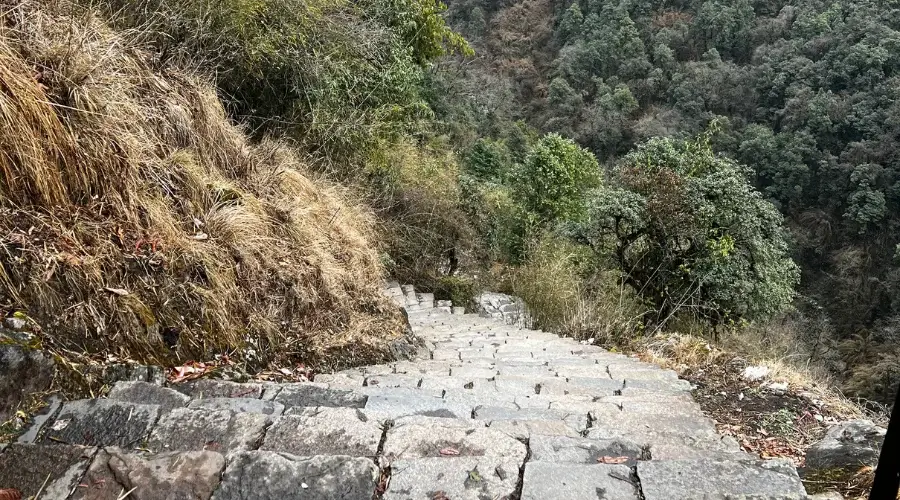
How to Stay Mentally Prepared:
- Visualize the whole trail. Expect the descent to be tough, not just the climb.
- Focus on small wins, not the whole mountain.
- Talk yourself through hard patches like your own coach.
- Slow breaths ground your focus when your brain wants to wander.
- A tired brain is a hungry brain and snacks keep the spirit sharp.
Downhill Takes a Toll on Your Toes and Feet
Your toes take a beating when you descend. Every step jams them forward into your boots, crushing nails and rubbing blisters into existence. If your footwear isn’t right, it feels like your toes are carrying your whole body weight. Downhill can turn your feet into battlefields if you’re not careful.
Walking downhill pounds your toes and feet in ways you don’t expect. With every step, your foot slides forward, jamming your toes against your boots. The pressure builds slowly, causing blisters, bruised toenails, and aching arches.
Even with good shoes, gravity wins if you’re tired or rushing. Steep trails press hard on the balls of your feet, making each landing feel sharper and heavier. Sand, loose rocks, and uneven ground add to the strain, twisting and rubbing sensitive spots.
Tips on How to Protect Your Toes:
- Wear boots with enough toe space. Avoid cramped toes at all costs.
- Lock your heels back so your toes don’t slam forward.
- Trim your toenails always before a hike.
- Use cushioned socks. Good socks protect and reduce friction.
- Go slow on steep parts. Speed kills toes, literally.
Why the Peak Descending Deserves More Attention?
Everyone fears the climb, but the descent is the silent destroyer. It’s when the body is tired, the mind wanders, and the trail demands more control than ever. Peak descending needs respect, patience, and preparation. Because reaching the top is only half the story, getting down safe, strong, and whole is the real win.
Want to know more?
Speak to an Expert





Sandip Dhungana
Nepal 🇳🇵
Whatsapp: +977-9823636377

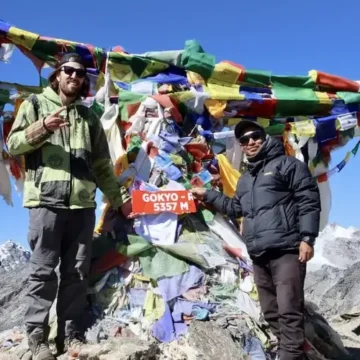

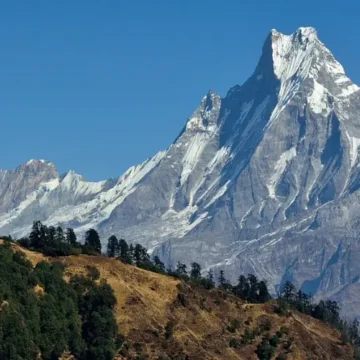
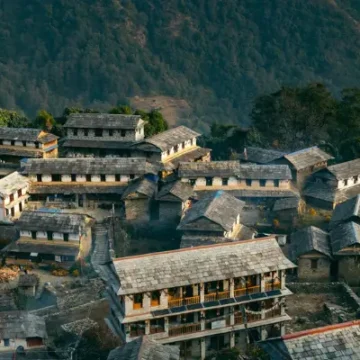
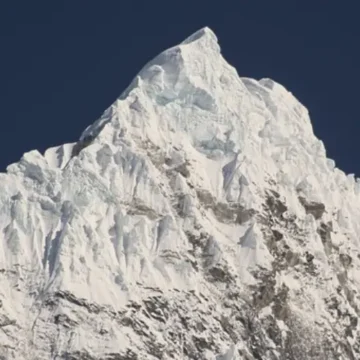
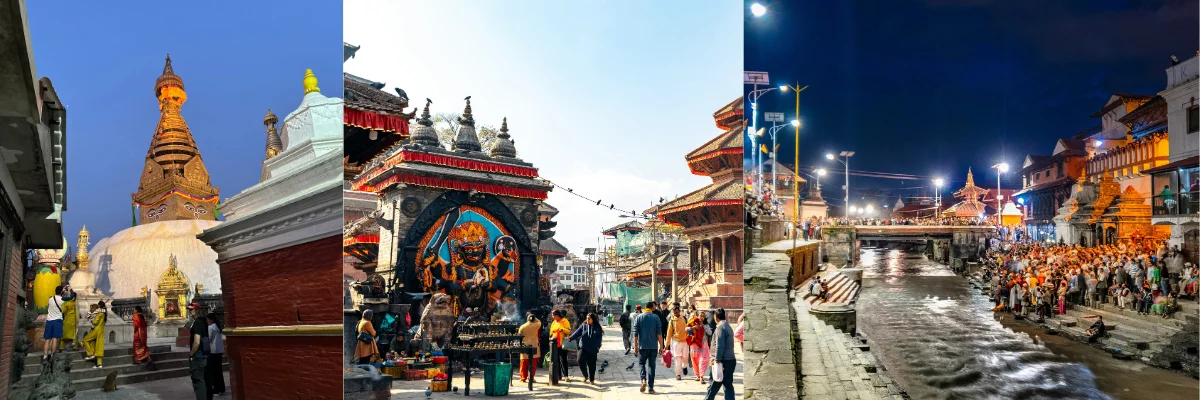
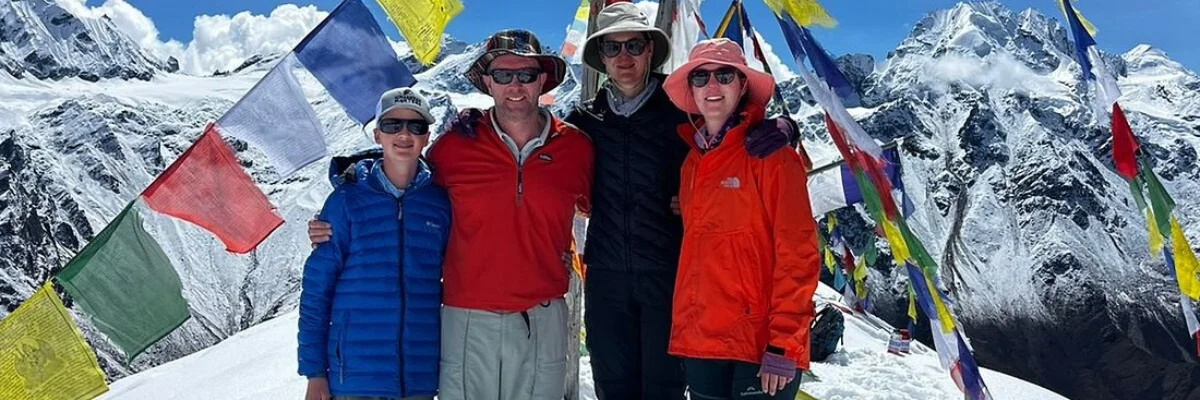
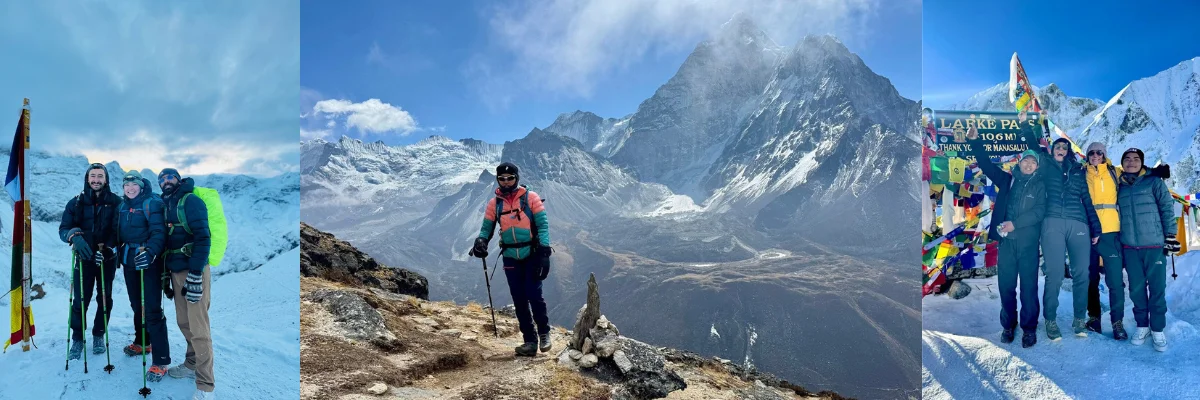
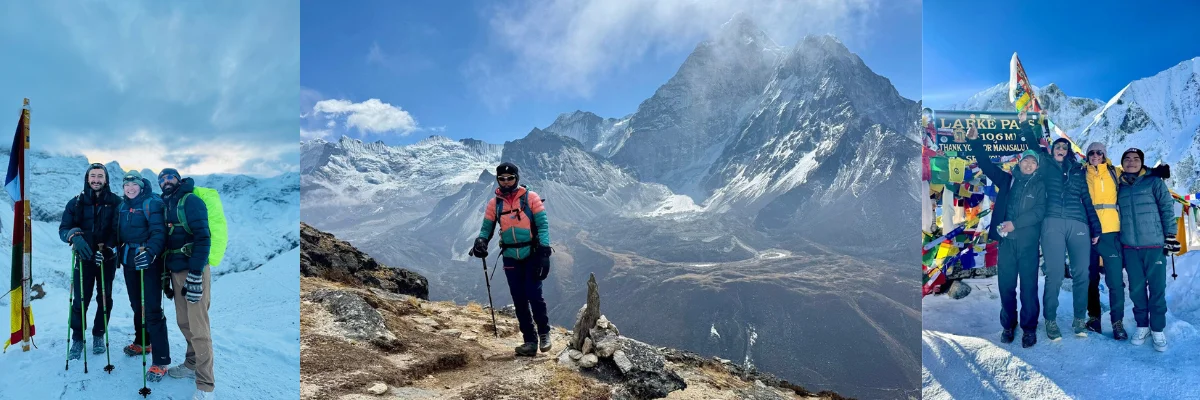
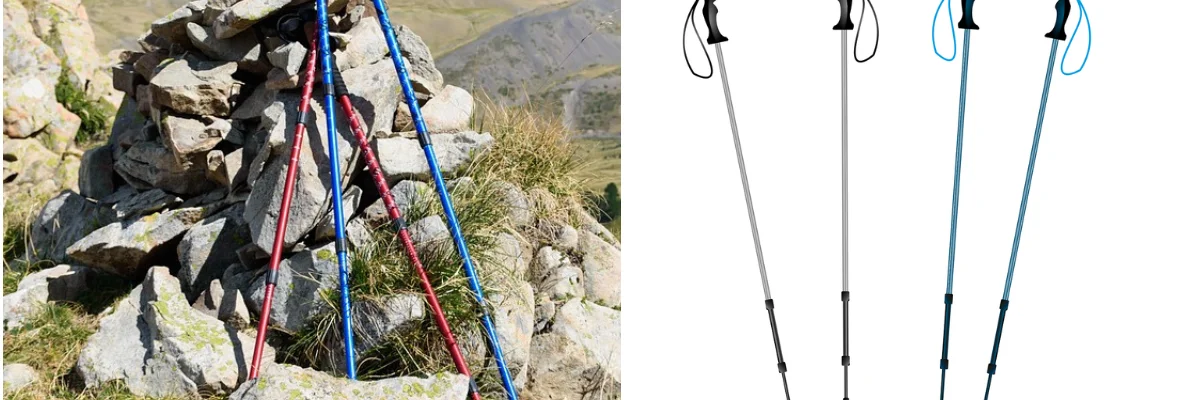
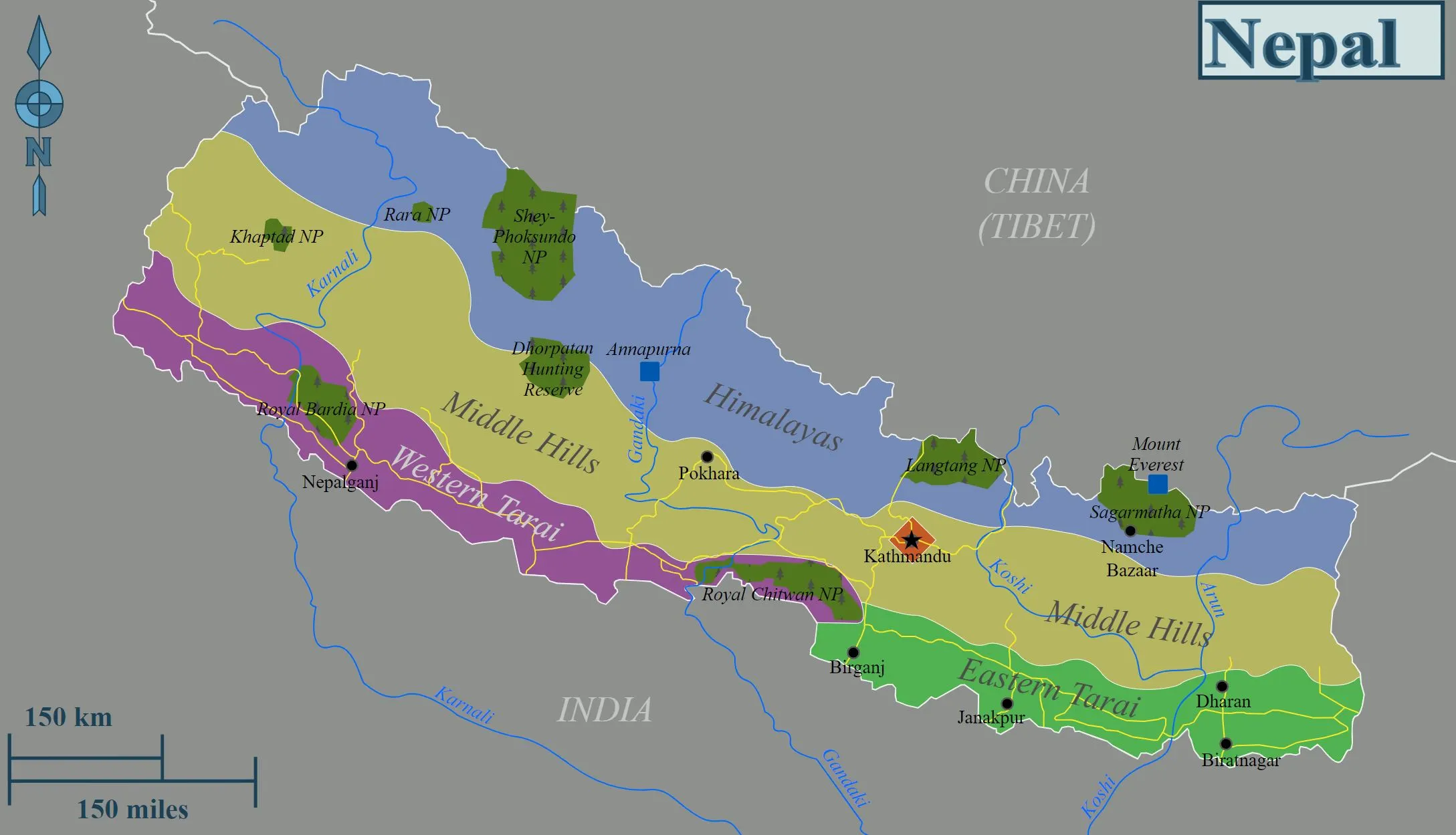
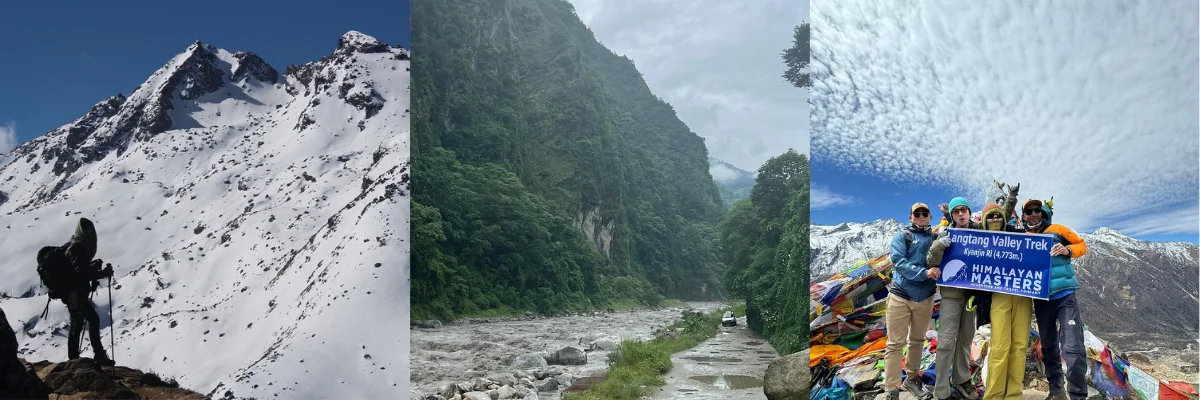
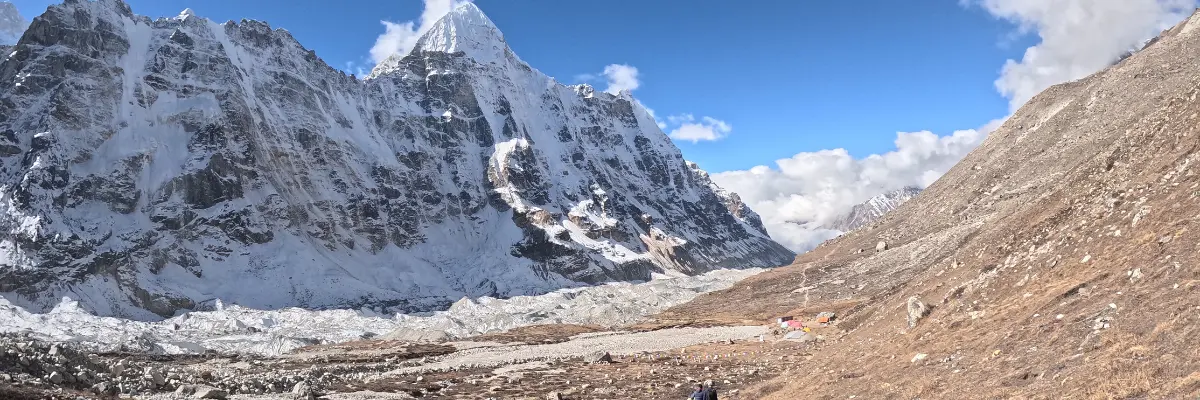













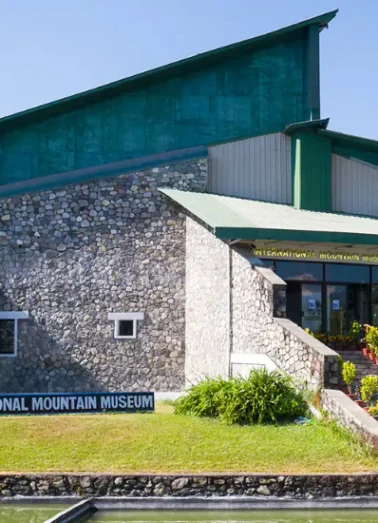

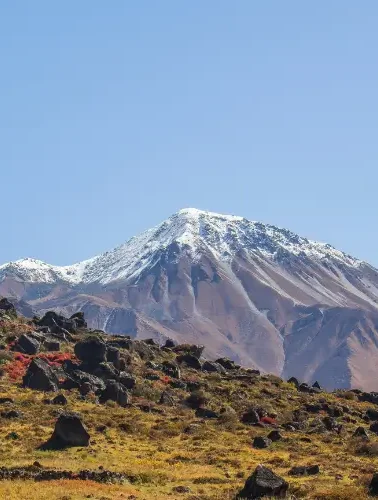
Leave Your Comment